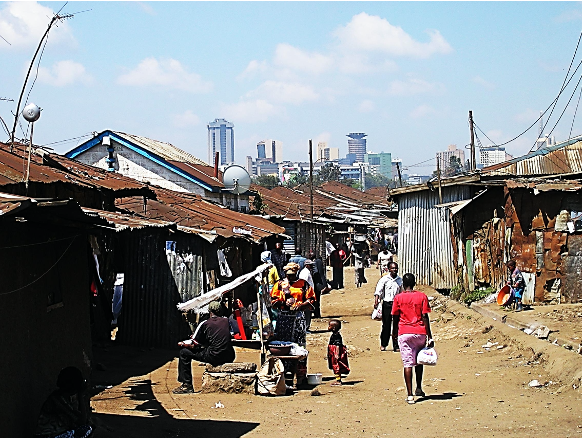
Segregationist Architecture of African Urban Housing in Colonial Kenya
Lectures (1)
Loading Accordion Items...The Overview
The lecture traces the origins and evolution of housing architecture during British colonization (1896-1963) of Kenya. Nairobi, Kenya’s capital city, is used to illustrate the racist segregationist architecture and urban design, as was used against the original native African inhabitants. It begins with a rear view of the architecture of the pre-colony in the pre-1890s era where African Vernacular architecture was the basis of residential space formation. This imagery, evident in archival images and still common in a few rural settlements, was ill-understood and summarily disregarded with the European adventurism in Africa of colonialism of late 19th Century. It should not be forgotten that the departure from these models and the Modern urbanization of Africans was coerced rather than consensual, through instruments like taxation that drove Africans into the cash economy. The strategies represented in the case estates illustrate the early experiments in the African-reserve location of Eastlands. It was a direct response to mushrooming of informal settlements, deemed ‘African Villages’, on the town’s periphery. The ‘villages’ were a shacks meant to house itinerant labour from the African hinterland needed in the urban development. The strategies included; Employer-built, Self-built and Public Rental housing estates.
Objects of analysis include:
1. Estate Layouts,
2. House typologies, and
3. Urban services.
Methods include:
(1) Literature
(2) Archival drawings and images,
(3) Graphic Images of present-day conditions


